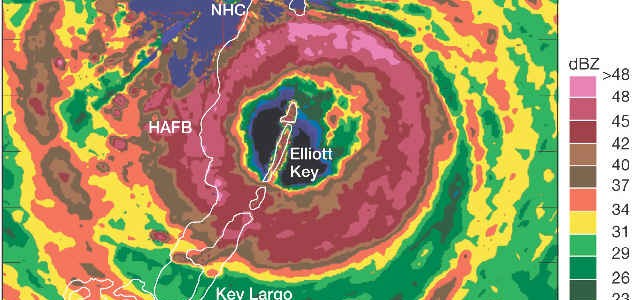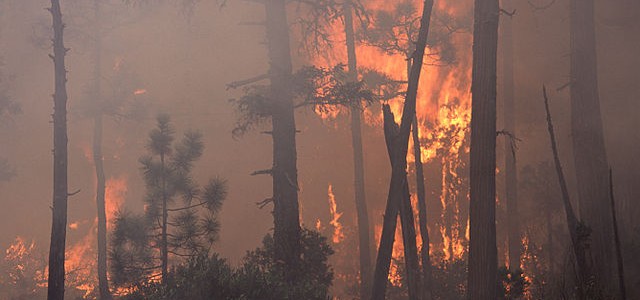-

Tropical Storm Erika is poorly organized this morning, and meteorologists are not even sure where the center of circulation is. But some of the models show it making a bee-line for Florida and the Southeast coast. On the latest public forecast map, Erika could be affecting south Florida by Sunday. Some of the models show…
-

Summer in the Southeast can be hot and humid, but nothing like what has been experienced lately in the Middle East. Climate.gov‘s recent blog post on the conditions in Iran near the Persian Gulf shows the impacts of extremely warm water on dew point temperatures in an already hot climate. On July 31st, a heat…
Posted in: Climate and Ag in the news -

The National Hurricane Center issued its last statement on the remains of what was once Hurricane Danny this morning. Danny hit an area of cooler ocean temperatures and strong wind shear which shut down convection in the storm, leaving just a remnant tropical wave which is not expected to redevelop, although it could bring some…
-

Seasonal forecasts are available from a number of sources, including the Climate Prediction Center (CPC) and the International Research Institute for Climate and Society (IRI). Today the Illinois State Climatologist, Jim Angel, wrote in his blog about another CPC source of monthly and seasonal forecasts at https://www.cpc.ncep.noaa.gov/products/NMME/seasanom.shtml. The North American Multi-Model Ensemble provides forecasts from different climate…
-

Today is the 23rd anniversary of the landfall of Hurricane Andrew, one of the most devastating hurricanes ever to hit Florida. My husband and I visited his aunt in Miami almost a year after the storm, and the amount of damage that remained, some places looking virtually untouched, was sobering. It is also the 10th…
Posted in: Climate and Ag in the news -

How much are the losses from the California drought? Economists have various estimates depending on how the losses are tallied. The Fiscal Times estimates that the direct losses from fallowed land that is not in production are around $1.8 billion. But they also point out that if the estimated number of acres of land not…
-

Scientists that study plants growing in areas affected by Western wildfires are noticing that the types of plants that replace the old burned-over varieties are different than the plants that were originally there, according to research published recently in the Journal of Ecology. The new plants are generally those that are more adapted to warmer, more…